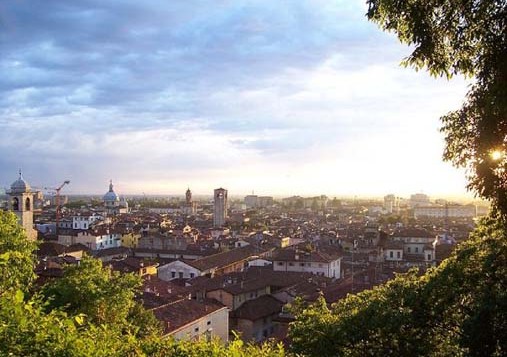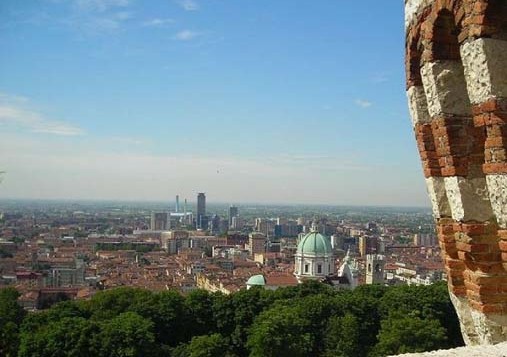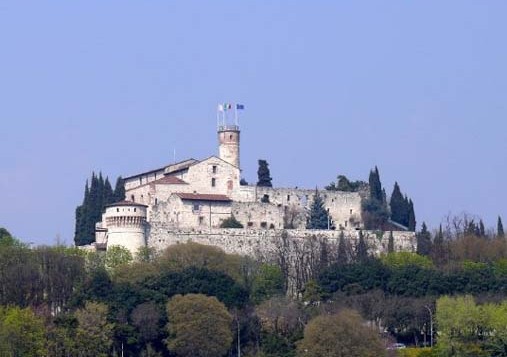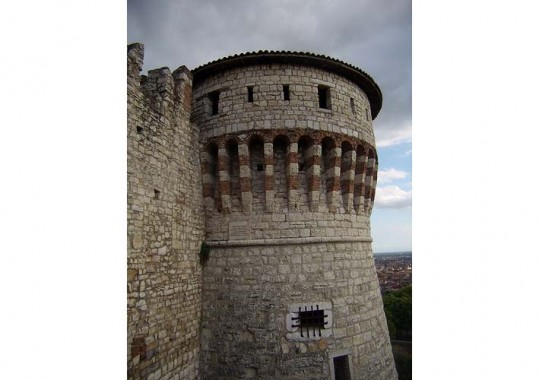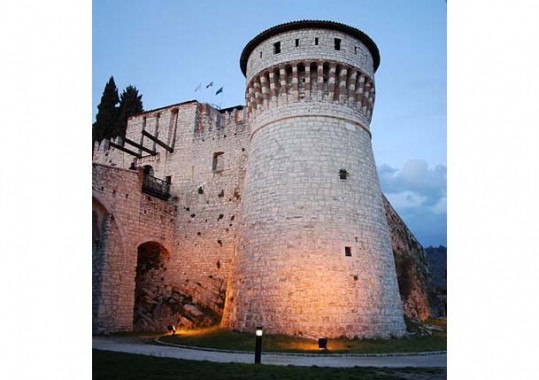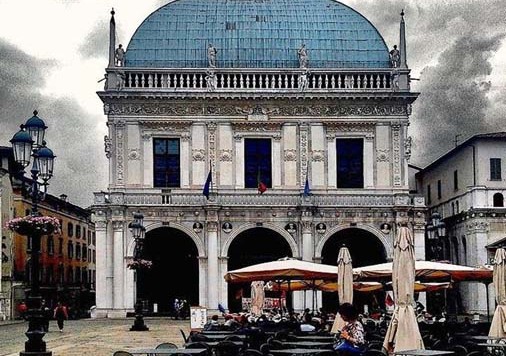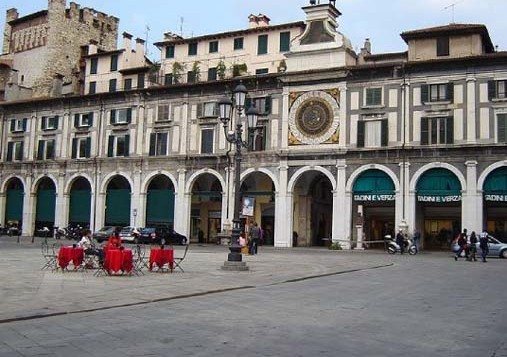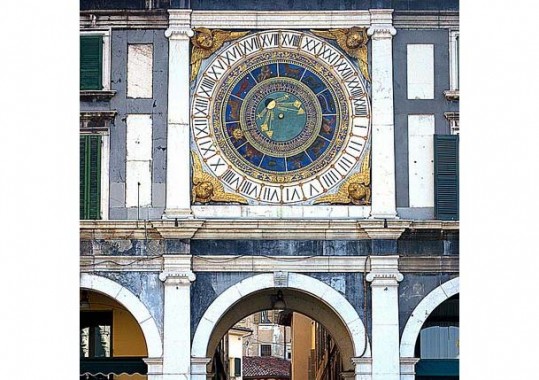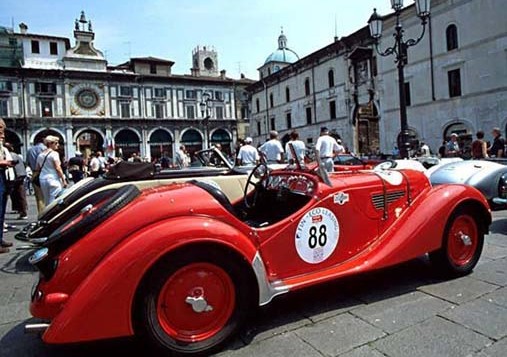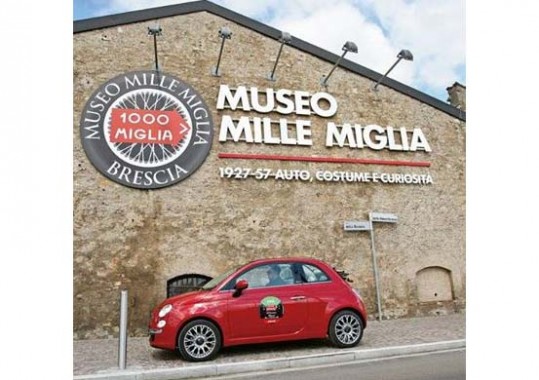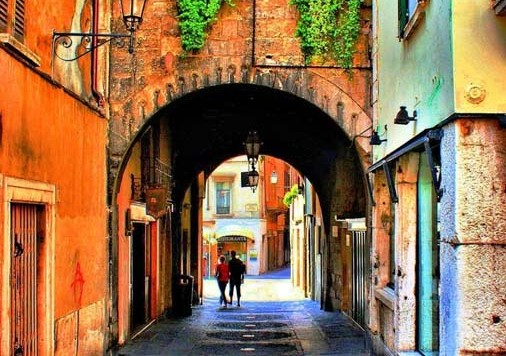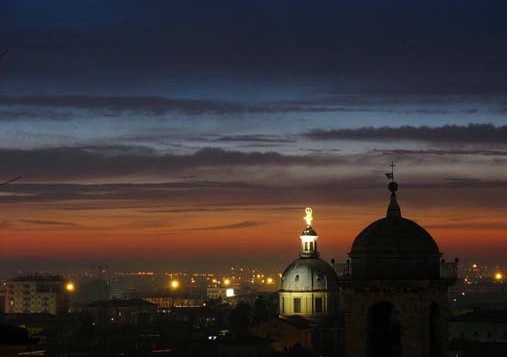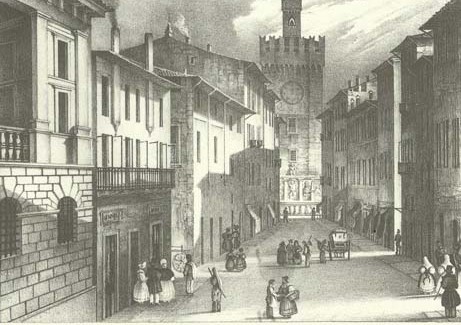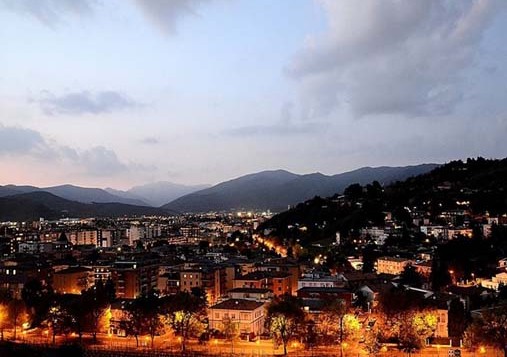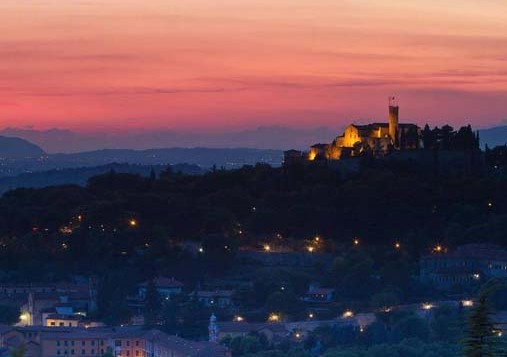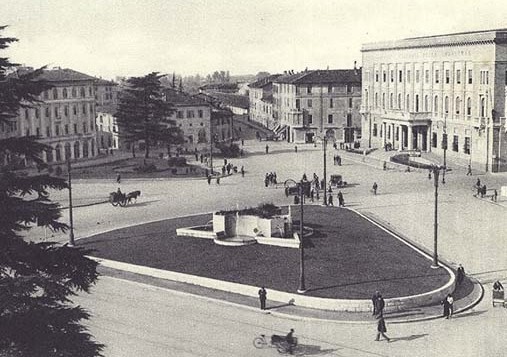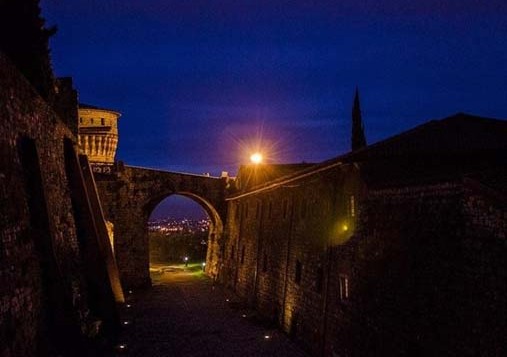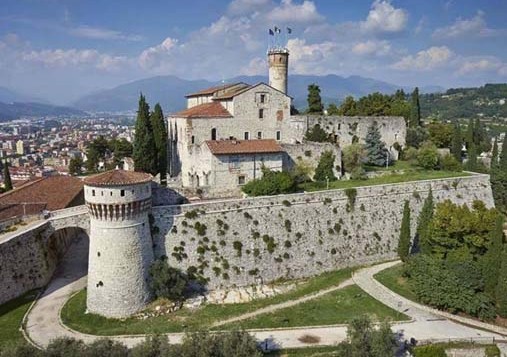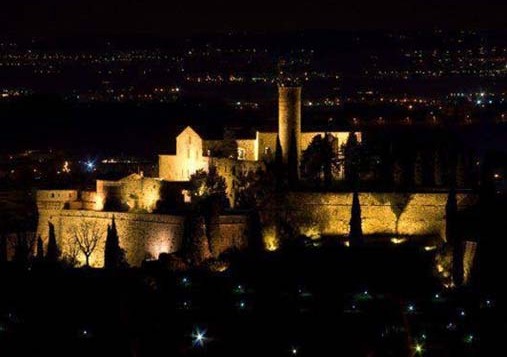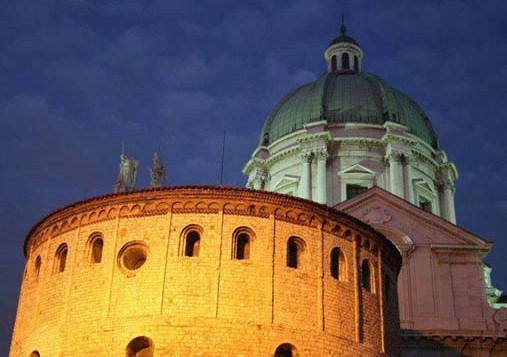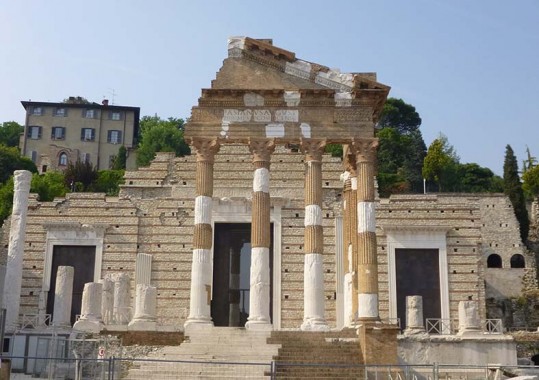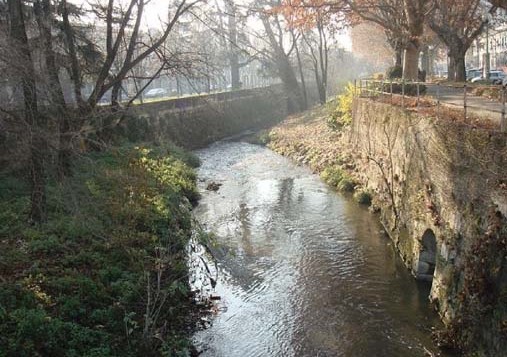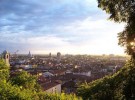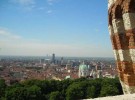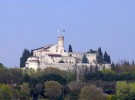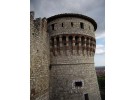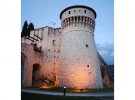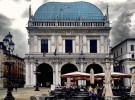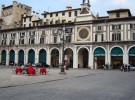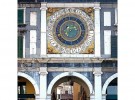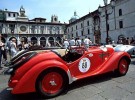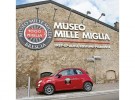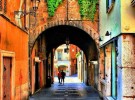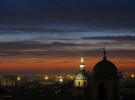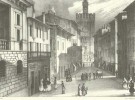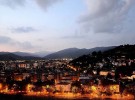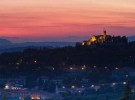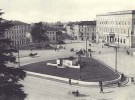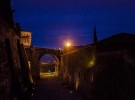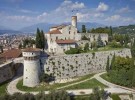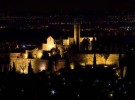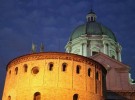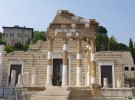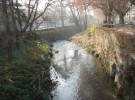Brescia has almost 200‘000 inhabitants and is the second largest city in the Lombardy region. It is a lovely, very clean and placid town with a typical northern Italian atmosphere. In Brescia you will find well-groomed inner courtyards, lavish parks, a very diverse architecture, a castle, museums, impressive mansions und lovely city squares. One day might not be enough to visit all the monuments from the antique, the middle ages, the renaissance and the baroque.
On a city map of Brescia you will still be able to recognize a rectangular plan, with streets that intersect at right angles, a peculiarity handed down from Roman times. The ancient roman settlement, which was one of the most important settlements in northern Italy, is nowadays situated in the eastern part of the city.
We recommend a visit of the Castle of Brescia, which was built between the 13th and the 16th century. It is located atop the Cidneo Hill and offers a magnificent view over the city center. With its design and construction it is typical for the late Middle Ages and it is one of the best preserved castles in northern Italy. It hosts the Arms Museum, with a fine collection of weapons from the Middle Age onwards. Nowadays it is mainly used for leisure purposes and especially at the weekends the lavish gardens are a very popular excursion destination.
Walking along Via dei Musei you will reach the Forum Romanum and an archaeological park containing the ruins of a Capitoline temple. The temple was built in 73 AD by the Emperor Vespasian and is located to the north of the Forum Romanum.
The monastic complex of San Salvatore-Santa Giulia, which is located inside the roman city wall and close to the Forum Romanum hosts the largest museum of Brescia, the Museo di Santa Giulia. It contains about 11,000 works of arts and archaeological findings. You will as well be able to visit the archeological excavations of three complete housings from the 3rd century with their original mosaic floors and frescoes from the roman times and a duct system for running water.
Other important sights to visit are the Old and the New Cathedral of Brescia. The Old Cathedral also known as “La Rotonda” is a circular 11th-century Romanesque church. The main structure, with fascinating rustic exteriors, was built atop ruins of an earlier basilica and is one of the most important roman buildings of the Lombardy region. The construction of the New Cathedral began in 1604 and was only completed in 1825. Both cathedrals are situated on the Piazza Paolo VI, sometimes called Piazza Duomo.
In 1433 the most beautiful city square of Brescia was opened: the renaissance Piazza della Loggia. The city square is dominated by the Palazzo della Loggia (current Town Hall), a renaissance building which construction began in 1492 under the direction of Filippo de’ Grassi and completed only in 16th-century by Jacopo Sansovino and Andrea Palladio. On the south side of the square are two 15th–16th century Monti di Pietà (Christian lending houses). Their façades are embedded with ancient Roman tombstones, one of oldest antique lapidary displays in Italy. A small balcony connects the houses to the antique prison building. At the center of the east side of the square stands a tower with a large astronomical clock from the 16th century. It still works and strikes the hours on a bell.
After so many cultural endeavors you might want to enjoy the Brescia Version of the famous “Aperol Spritz” – the so called “Pirlo” in one of the numerous bars of cafes of the city.
Each year in May there is the famous Mille Miglia for vintage sports cars enthusiasts. Brescia was the starting and end point of the historical car race that took place annually in May until 1957 on a Brescia-Rome-Brescia itinerary. The Mille Miglia tradition is now kept alive by the “Historic Mille Miglia” The only cars admitted to the race are the ones that could have competed in the original Mille Miglia (therefore built before 1957). The race is a gigantic event in the cultural calendar of the city. It always starts on a Thursday and ends on a Sunday and it is a lovely sight to see so many shiny vintage sports cars rolling through the city in a convoy. Accommodations are rare during this time, so be sure to book ahead of time if you like to see the spectacle.
If you are interested in the race or the event you can additionally inform yourself by visiting the Museo della Mille Miglia, situated in Via della Rimembranza close to the old town of Brescia. The museum celebrates the history of the 1,000-mile car race from Brescia to Rome and back starting from its beginning in 1927 until today. It shows films and displays memorabilia like dresses, posters and a number of classic cars that are periodically replaced by others in case of participation in events. A true must for vintage sports cars enthusiasts!






